
How to Use 3P Breaker: Examples, Pinouts, and Specs
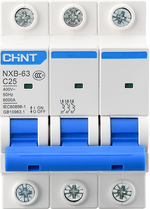
 Design with 3P Breaker in Cirkit Designer
Design with 3P Breaker in Cirkit DesignerIntroduction
A 3P (three-pole) breaker is a protective device designed to safeguard electrical circuits by interrupting the flow of current in the event of an overload or short circuit. It is specifically engineered for three-phase systems, which are commonly used in industrial, commercial, and large-scale residential applications. The 3P breaker ensures the safety of equipment and personnel by isolating all three phases simultaneously during a fault condition.
Explore Projects Built with 3P Breaker
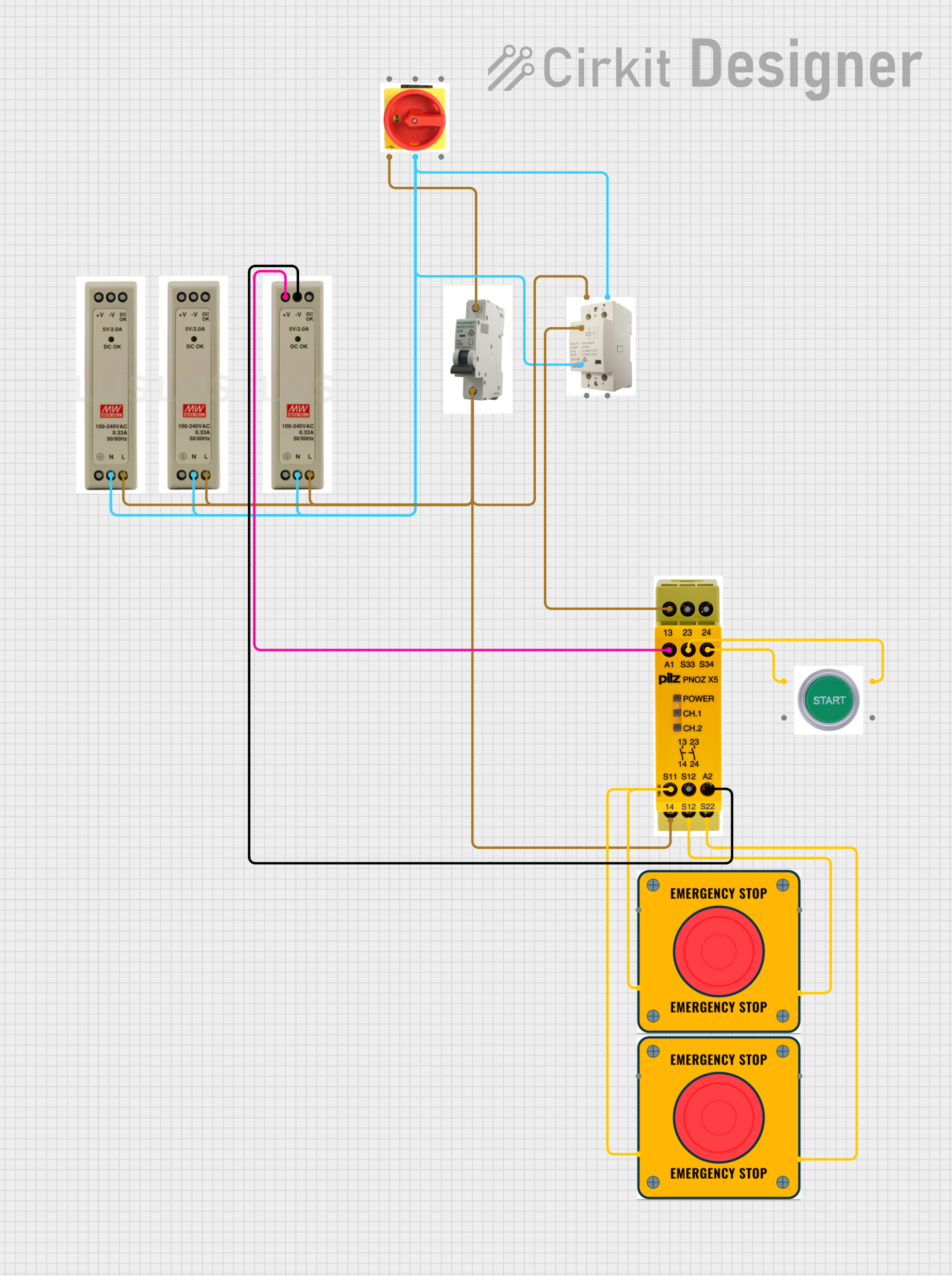
 Open Project in Cirkit Designer
Open Project in Cirkit Designer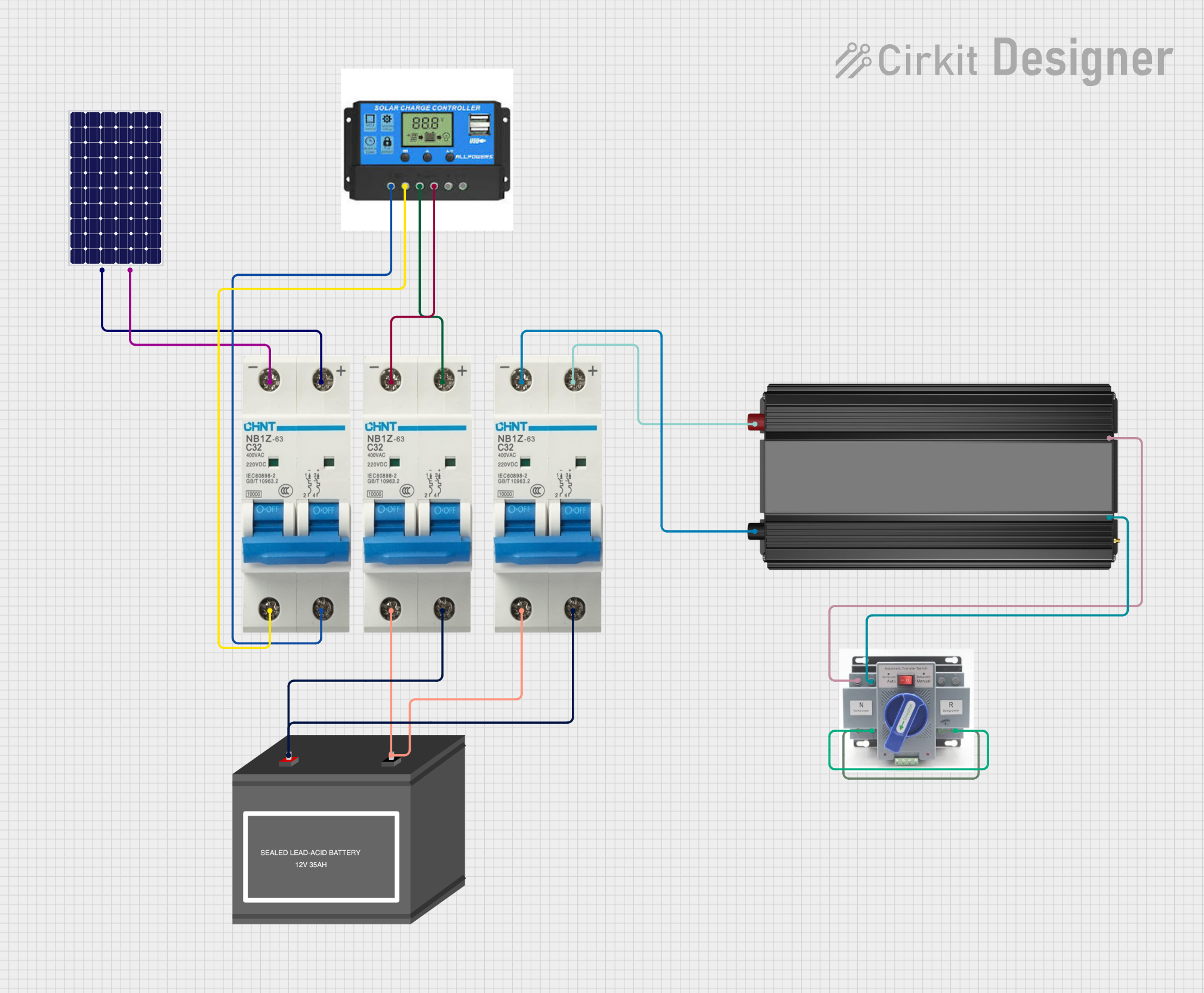
 Open Project in Cirkit Designer
Open Project in Cirkit Designer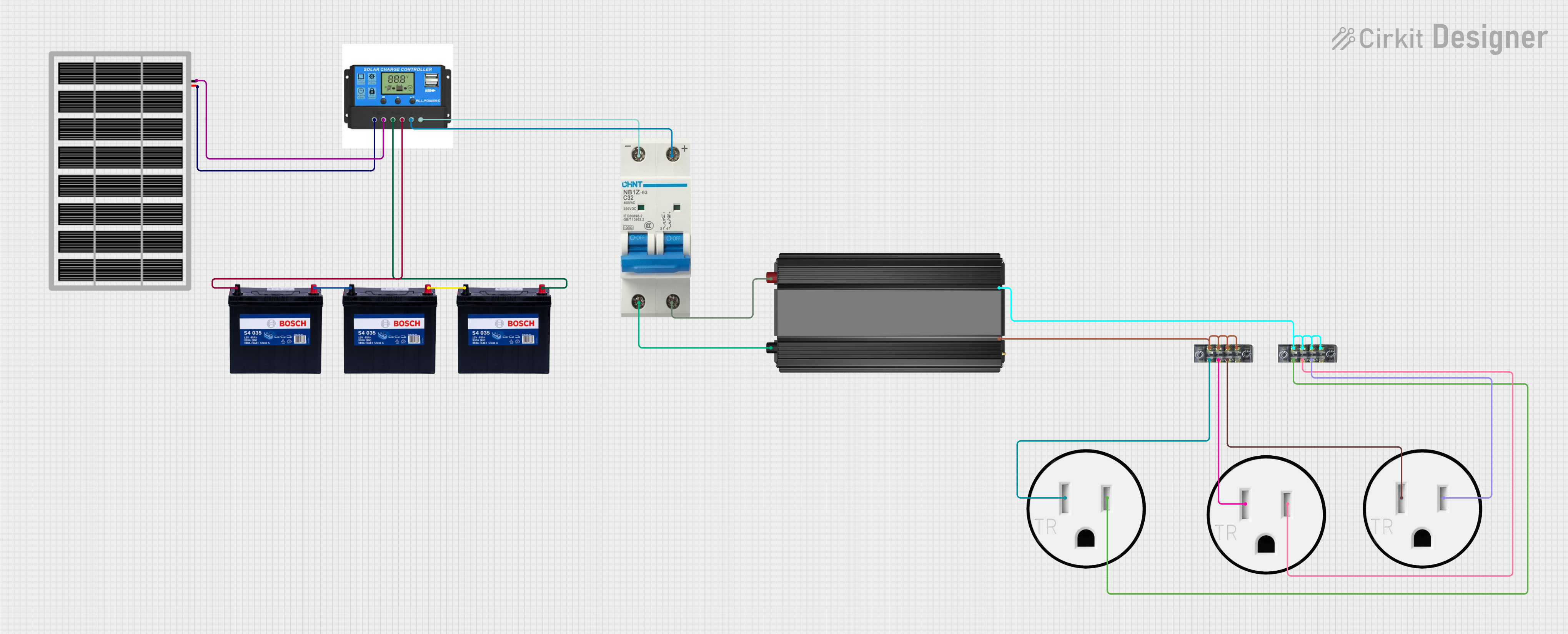
 Open Project in Cirkit Designer
Open Project in Cirkit Designer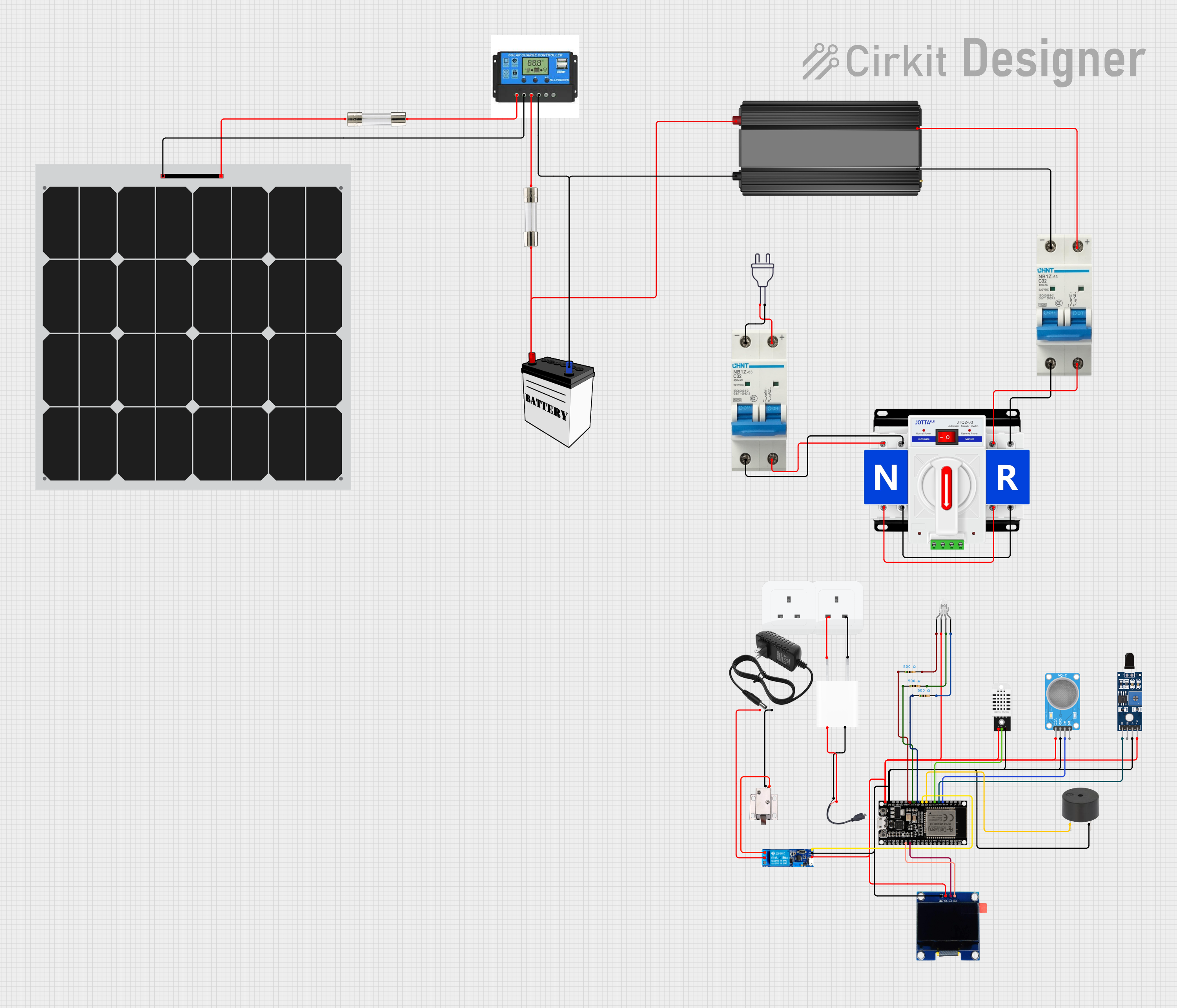
 Open Project in Cirkit Designer
Open Project in Cirkit DesignerExplore Projects Built with 3P Breaker

 Open Project in Cirkit Designer
Open Project in Cirkit Designer
 Open Project in Cirkit Designer
Open Project in Cirkit Designer
 Open Project in Cirkit Designer
Open Project in Cirkit Designer
 Open Project in Cirkit Designer
Open Project in Cirkit DesignerCommon Applications and Use Cases
- Protection of three-phase motors and machinery
- Distribution panel protection in industrial and commercial buildings
- Safeguarding HVAC systems and large electrical loads
- Ensuring safety in renewable energy systems (e.g., solar inverters)
- Use in power distribution networks for three-phase systems
Technical Specifications
Below are the key technical details and pin configuration for a typical 3P breaker:
Key Technical Details
| Parameter | Value/Range |
|---|---|
| Rated Voltage | 400V AC (typical for three-phase) |
| Rated Current | 10A to 125A (varies by model) |
| Breaking Capacity | 6kA to 50kA (depends on application) |
| Number of Poles | 3 |
| Frequency | 50Hz or 60Hz |
| Trip Mechanism | Thermal-magnetic or electronic |
| Operating Temperature | -20°C to 70°C |
| Mounting Type | DIN rail or panel-mounted |
Pin Configuration and Descriptions
The 3P breaker has three input terminals and three output terminals, corresponding to the three phases (L1, L2, L3). Below is the pin configuration:
| Terminal Label | Description |
|---|---|
| L1 (Input) | Phase 1 input terminal |
| L2 (Input) | Phase 2 input terminal |
| L3 (Input) | Phase 3 input terminal |
| L1 (Output) | Phase 1 output terminal |
| L2 (Output) | Phase 2 output terminal |
| L3 (Output) | Phase 3 output terminal |
Usage Instructions
How to Use the 3P Breaker in a Circuit
- Determine the Load Requirements: Identify the voltage, current, and breaking capacity required for your application. Select a 3P breaker that matches or exceeds these requirements.
- Connect the Input Terminals: Connect the three-phase power supply to the input terminals (L1, L2, L3) of the breaker.
- Connect the Output Terminals: Connect the load (e.g., motor, distribution panel) to the output terminals (L1, L2, L3).
- Secure the Breaker: Mount the breaker on a DIN rail or panel, ensuring it is firmly secured.
- Test the Circuit: After installation, test the circuit to ensure proper operation and that the breaker trips under fault conditions.
Important Considerations and Best Practices
- Select the Correct Rating: Always choose a breaker with a current rating and breaking capacity suitable for your application.
- Ensure Proper Wiring: Use appropriately rated cables for the input and output connections to prevent overheating or damage.
- Regular Maintenance: Periodically inspect the breaker for signs of wear, damage, or loose connections.
- Avoid Overloading: Do not exceed the rated current of the breaker to ensure reliable operation.
- Safety First: Always turn off the power supply before installing or servicing the breaker.
Example: Connecting a 3P Breaker to an Arduino UNO
While a 3P breaker is not directly connected to an Arduino UNO, you can use a current sensor (e.g., ACS712) to monitor the load current and control a relay to trip the breaker indirectly. Below is an example code snippet for monitoring current:
// Example code to monitor current using ACS712 and control a relay
// connected to an Arduino UNO. This can indirectly trip a 3P breaker.
#include <ACS712.h>
// Initialize ACS712 sensor (e.g., 30A version) on analog pin A0
ACS712 sensor(ACS712_30A, A0);
const int relayPin = 7; // Pin connected to the relay module
const float currentThreshold = 10.0; // Current threshold in amps
void setup() {
Serial.begin(9600); // Initialize serial communication
pinMode(relayPin, OUTPUT); // Set relay pin as output
digitalWrite(relayPin, LOW); // Ensure relay is off initially
sensor.calibrate(); // Calibrate the ACS712 sensor
}
void loop() {
float current = sensor.getCurrentAC(); // Get the AC current reading
Serial.print("Current: ");
Serial.print(current);
Serial.println(" A");
// Check if current exceeds the threshold
if (current > currentThreshold) {
digitalWrite(relayPin, HIGH); // Activate relay to trip breaker
Serial.println("Overcurrent detected! Relay activated.");
} else {
digitalWrite(relayPin, LOW); // Deactivate relay
}
delay(1000); // Wait for 1 second before next reading
}
Troubleshooting and FAQs
Common Issues and Solutions
| Issue | Possible Cause | Solution |
|---|---|---|
| Breaker trips frequently | Overloaded circuit | Reduce the load or use a higher-rated breaker. |
| Breaker does not trip during faults | Faulty trip mechanism | Replace the breaker or consult a technician. |
| Overheating of breaker | Loose connections or undersized cables | Tighten connections and use proper cables. |
| Difficulty in mounting | Incorrect mounting type | Verify the breaker is compatible with your panel or DIN rail. |
FAQs
Q: Can a 3P breaker be used for single-phase systems?
A: Yes, but it is not recommended as it is designed for three-phase systems. For single-phase systems, use a single-pole or double-pole breaker.
Q: How do I know if my breaker is faulty?
A: Signs of a faulty breaker include failure to trip during faults, physical damage, or unusual heating. Test the breaker or consult a professional.
Q: Can I reset a tripped 3P breaker?
A: Yes, after addressing the fault, you can reset the breaker by switching it back to the "ON" position. Ensure the fault is resolved before resetting.
Q: What is the difference between thermal-magnetic and electronic trip mechanisms?
A: Thermal-magnetic breakers use a bimetallic strip and magnetic coil for tripping, while electronic breakers use sensors and microprocessors for precise control.